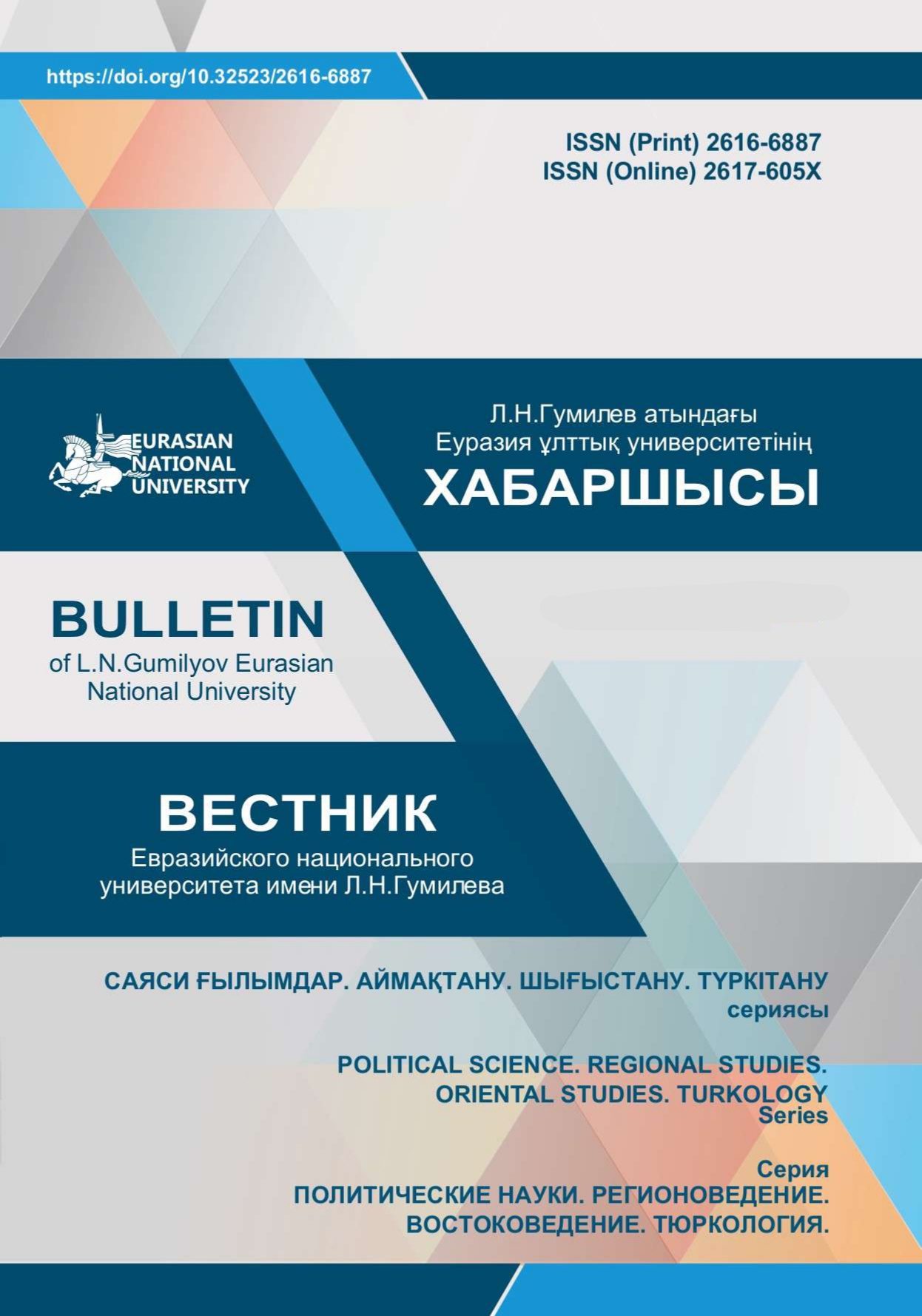Soviet political regime in Kazakhstan during the period of «military communism»
Views: 208 / PDF downloads: 119
Keywords:
politics, political regime, Soviets, «war communism», Pavlodar district.Abstract
The article deals with the emergence and activity of Soviet power institutions in
Kazakhstan during the period of «war communism». During the years of «war communism», the
construction of the Soviet state apparatus continued. An important feature of this process,
researchers call the wide involvement of workers and peasants in state bodies. There was a change
in the national composition of civil servants - after the revolution, they began to include
representatives of many peoples of the former Russian Empire. In addition, many officials
continued to work in Soviet state structures that began their careers during the Provisional
Government or even the tsarist regime. The escalation of the civil war led to the emergence of
emergency authorities not provided for by the Constitution of the USSR. On the ground, the
functions of emergency services were performed by revolutionary committees. During the years of
the Civil War and «war communism», the RCP (b) became the core of the Soviet political system.
Thus, under the influence of wartime emergencies, a rigid military command system began to form
in the country. The article reveals the specifics of the implementation of the policy of «war
communism» in Kazakhstan, carried out by the Bolsheviks during the civil war of 1918-1920. As a
result of the analysis, it was possible to determine that the policy of «war communism» in the
regional aspect was carried out in line with general Soviet trends. It represented a set of measures
of the Soviet government in the field of industry, agriculture, and social relations aimed at
militarizing production and ensuring the combat capability of the Red Army. The specifics of the
implementation of the policy of «war communism» in Kazakhstan were determined by the
economic backwardness of the region and the nature of hostilities. These features should include:
later than in the whole Soviet Union, the inclusion of the regions of Kazakhstan in the process of
implementing measures of «war communism», their extension to the indigenous population, more
rigid forms and methods of implementing military-communist construction. The result of the policy of «war communism» in Kazakhstan was a drop in production, especially in the agricultural
sector of the economy, the famine of 1920-1922, which led to demographic losses of the population,
mass migration of nomadic peoples outside the country, widespread peasant anti-Bolshevik
protests and resistance of the indigenous population in the form of Basmachism.
Based on archival materials and published works, the authors analyze the activities of
Soviets and revkoms. In conclusion, conclusions are drawn that determine the nature of the origin
and purpose of the Soviet institutions of power.
Downloads
Published
How to Cite
Issue
Section
License

This work is licensed under a Creative Commons Attribution-NonCommercial-NoDerivatives 4.0 International License.







